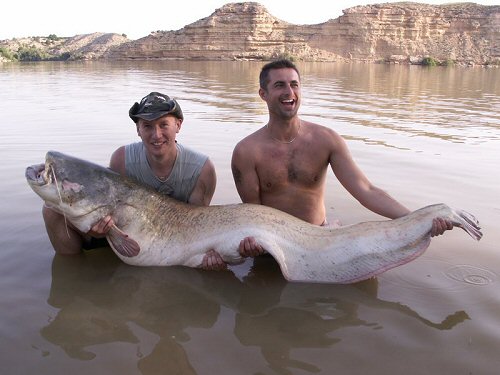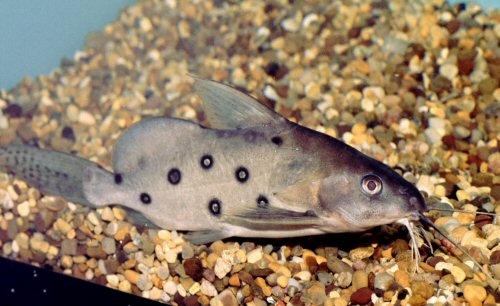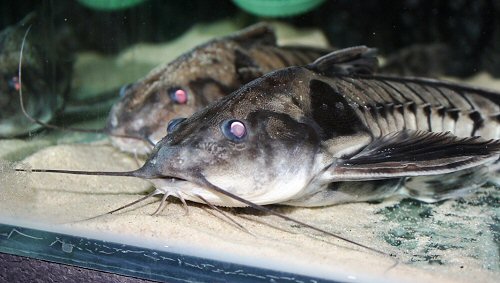 inter
in the UK has become increasingly harsh and, unless
you look after your fish meticulously, it is likely
that they will struggle. To counteract this, we have
seen an increasing number of fish keepers heating their
ponds. There are, however, stumbling blocks to this
plan, but many of these can be counteracted. inter
in the UK has become increasingly harsh and, unless
you look after your fish meticulously, it is likely
that they will struggle. To counteract this, we have
seen an increasing number of fish keepers heating their
ponds. There are, however, stumbling blocks to this
plan, but many of these can be counteracted.
Why
Install A Heated Pond?
There are a number of reasons why installing a heated
pond is beneficial for both you and your fish. Heated
ponds will:
• Avoid low temperatures
which cause health problems for the fish
• Cause less stress to your fish, making them
stronger throughout spring
• Limits immune system damage for the fish
• Allows the keeper to continue their hobby
What About The Costs?
Many of us see the cost of heating a pond as the main
barrier to installing one. In truth, there is no set
running cost for a heated pond, and you can make it
as expensive or as inexpensive as you like. The overall
cost is dependent on a number of factors such as size,
ambient temperature and location. The amount you pay
is dependent on the heating method you choose, so make
sure you get estimates before you begin. It is possible
to heat your pond for as little as a couple of hundred
pounds throughout the entirety of winter. But, the more
outlandish your plans become, the more this price will
spiral and, if you’re not careful, rising gas
and electric prices can make your vision entirely unaffordable.
After all, there’s no reason why it should cost
the earth, and the overall costs are well worth the
results and the enjoyment.
A Pond in your Conservatory?
This would probably
be the best of two evils as your conservatory will be
heated anyway and might only need a top up temperature
wise with some aquarium heaters if you find the water
needs a little more heat in the winter months for your
chosen species. You could grow specialist water plants
which you would struggle in an outside pond and also
terrestrial varieties outside of the pond. With this
method you could have an overflow pipe which could run
to a soakaway under the floor.
Can
I Include, Catfish ?
Well, putting it simply, when
filling your pond, the world is your oyster. The best
way to plan what you would like in your home is to begin
with the fish you would like as the centrepiece.
The first catfish that you would think of as temperate/coldwater
would be the “Wels catfish” Silurus
glanis. It is the only European catfish and Europe's
largest freshwater fish and is only one of two catfish
indigenous to Europe the other from the same genus,
Silurus aristotelis is from the River Akelhoos
in Greece. This species looks like the other wels, but
its dorsal fin is smaller, and it has just two pairs
of barbels. A pond for this large species would need
to be at least 20ft x 10ft with a minimum depth of 5ft
and a large pipe for it to fit in for cover.
So there is a price to pay literally for keeping a wels
in your pond, heated or not. For those who don’t
know, the Wels catfish is now a prohibited species in
this country, unless you hold a licence to keep them.

Silurus
glanis from the Ebro
River, Spain
People often feel
that it is impossible to keep fish like the Synodontis
of the Mochikidae family due to their specific
requirements. This, however, isn’t necessarily
the case and, although a challenge, it is one that is
both doable and very rewarding especially if it is an
inside pond.
If you would like to keep any
of the Synodontis species flock of Lake Tanganyika
you would need to keep the temperature to the minimum
of 25°c (77°f.) and be aware that they will
prefer water on the alkaline side of neutral. Other
species of Synodontis would need to be kept at least
in the mid 70s f. but you have a better choice when
you come to the p.H. which can range from 6.0 to 7.5
with no problems.
.

Synodontis
ocelifer
The larger catfish
of the Doradidae family are another group of fish which
could satisfy your needs for a heated tropical pond
and have been successfully kept in the warmer climes
in the south of England. Again you should read up on
your given species and the many forums and groups on
the internet are sometimes a good resource to bounce
ideas of.

Megalodoras
uranoscopus
Sources:
AllPondSolutions
ScotCat.com
Images:
The
Compleat Embro Angler
Danny Blundell
Graham
Layley
Acknowledgement: Daphne
Layley (pers. com)
|




